12 striking facts about carbon dioxide.
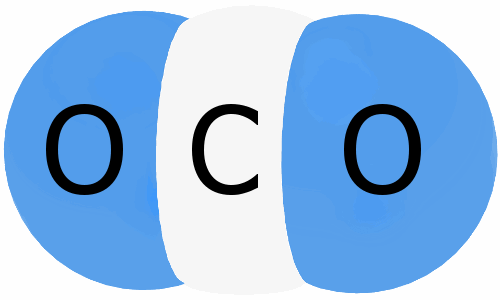
1. Chilling Effects
Frozen carbon dioxide, often called dry ice, doesn’t melt. At atmospheric pressure it sublimes at −78.5 °C going straight from solid to gas.
The gas is so cold that moisture in the air condenses on it, creating a dense fog used in stage and movie effects.
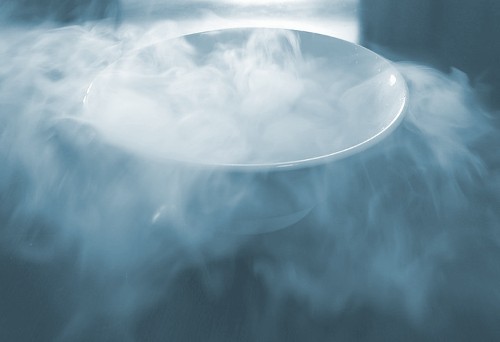
Moisture from the air condenses on cold CO2 gas.

2. It’s Snowing Carbon Dioxide
Earth’s lowest ever natural verified temperature was −89.2 °C recorded in Antarctica in 1983. At this temperature, carbon dioxide would have fallen to the ground as snow or formed a mist of solid particles; incidentally, mercury would have solidified (m.pt = −38.8 °C) and radon would have liquified. (m.pt. −71 °C).
3. Martian Snow
Carbon dioxide snow has been seen on Mars – atmosphere 96% carbon dioxide, the rest mostly argon and nitrogen.
Like Earth, Mars has two permanent polar ice caps. The ones on Mars are mainly water ice, but also contain a lot of frozen carbon dioxide. 25-30% of Mars’ carbon dioxide atmosphere is frozen at its poles.
When the spring thaw comes at a Martian pole, the solid carbon dioxide sublimes producing wind speeds of up to 250 mph (400 km/h).
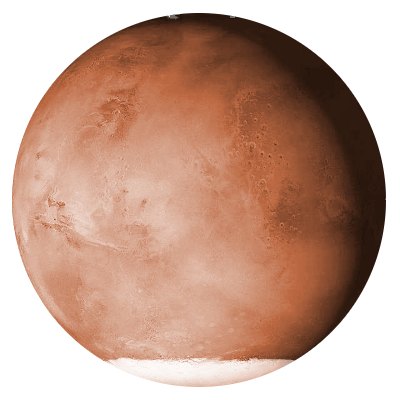
Mars’ Southern Polar Cap
4. Fizzy Drinks
The fizz in soda drinks, sparkling wines, and some beers comes from dissolved carbon dioxide. The fizz shows up as bubbles when carbon dioxide exits the solution and returns to the gas phase. Usually carbon dioxide is added artificially, but in some sparkling wines and beers it is there naturally.

The pressure of CO2 gas coming out of solution in champagne pushes the cork out of the bottle.
5. Liquid Carbon Dioxide in the Oceans
Although carbon dioxide cannot exist as a liquid at atmospheric pressure, it can at higher pressures. At a depth of 1600 meters (one mile) under the sea, the pressure is almost 160 atmospheres. This is the depth of the Champagne hydrothermal vent, from which a stream emerges that is almost 90% liquid carbon dioxide.
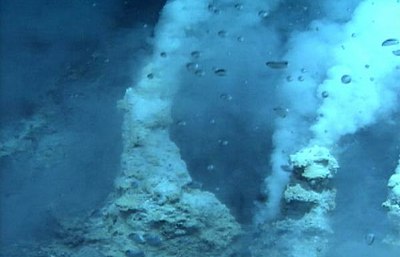
Clear bubbles of liquid CO2 at hydrothermal vent.
6. Supercritical Fluid and Decaf Coffee
Under high pressure conditions, carbon dioxide can become a supercritical fluid. In this state, it can be considered to be a gas (it fills its container) with some liquid-like properties: it is much denser than normal gases at atmospheric pressure and can act as a solvent, much as a liquid would.
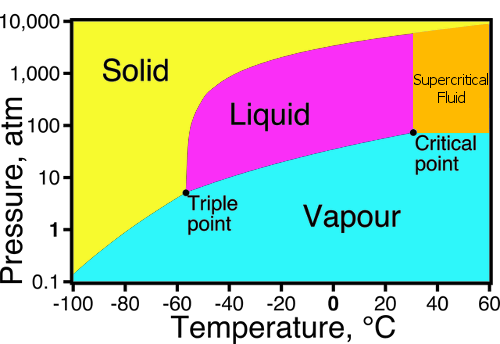
Carbon dioxide’s phase diagram.
Carbon dioxide is not toxic and its supercritical phase is used as a solvent to remove as much as 99% of the caffeine from green coffee beans while leaving intact the 1,000 or so chemicals responsible for the aroma and taste of coffee.
Supercritical carbon dioxide is also used to remove pesticides and toxins from crops and is sometimes used as a solvent in dry cleaning; in fact, it’s used in more applications than the supercritical phase of any other substance.
7. The Gas of Life
There would be no animal life or green plants without carbon dioxide. Green plants use energy from the sun to react carbon dioxide and water to produce carbohydrate and oxygen.
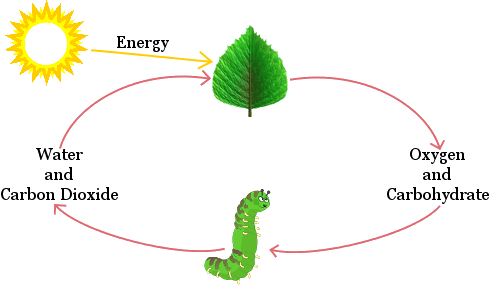
8. Life Giver, Life Taker – Deadly Slumber
Carbon dioxide is a by-product when yeast acts on sugar to make alcohol.
Deaths have resulted when workers enter fermentation vats from upper hatches to clean them. Carbon dioxide is denser than air, and it lurks silently in the vats, banishing oxygen. The cleaning workers, deprived of oxygen, faint and then die of suffocation. Would-be rescuers have sometimes suffered the same fate.
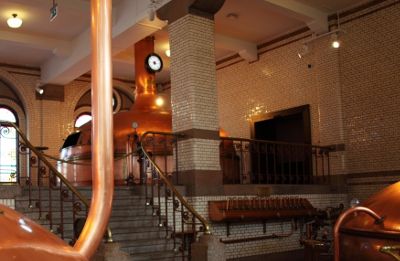
Alcohol fermentation vats.
9. We Need Trees
Carbon dioxide is a waste product of respiration. An individual human exhales about 1 kg of carbon dioxide every day. This amount of carbon dioxide is absorbed by about 250 square meters of a temperate climate commercial conifer plantation.
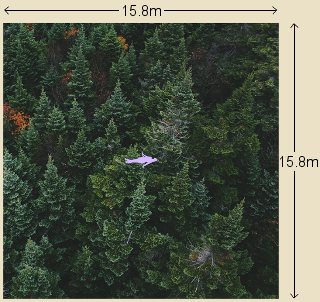
About 250 m² of commercial plantation absorbs the carbon dioxide exhaled by a typical human.
A human who lives for 80 years will produce about 29 metric tons of carbon dioxide through respiration.
10. Fire Fighting
Carbon dioxide fire extinguishers are recommended especially for use against electrical fires; water damages electrical equipment, but carbon dioxide does not. Carbon dioxide fights fire in two ways: cooling it and denying it oxygen.
11. She Sells Sea Shells
Carbon dioxide dissolves in water to produce carbonic acid. Corals build their skeletons and mollusks build their shells from calcium carbonate they make by reacting calcium ions dissolved in the oceans with carbonic acid.
Limestone and marble rocks are mainly composed of the remains of such creatures.
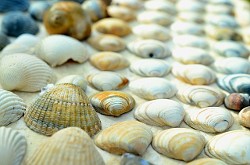
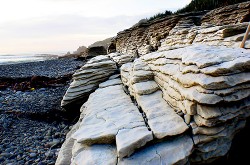
12. Hell is a Planet Called Venus
Only a little smaller than Earth, our closest neighboring planet Venus is sometimes described as Earth’s twin.
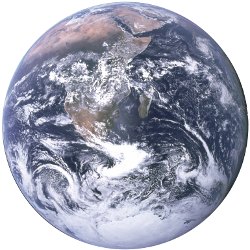
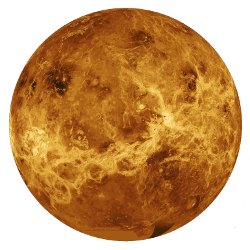
Sadly, Venus is an evil twin as far as life is concerned. Its carbon dioxide atmosphere (96.5%) exerts a crushing 92 Earth atmospheres of pressure at its surface. In fact Venus’ surface atmosphere is a supercritical fluid.
The carbon dioxide has caused a runaway greenhouse effect, resulting in a surface temperature averaging 465 °C, higher than any other planet in the solar system and much hotter than the hottest kitchen oven. Even Mercury, the planet closest to the sun, has a cooler surface than Venus.
Elements we normally think of as solids, such as bismuth, cadmium, sulfur, lithium, tin, lead, and zinc would be liquids on Venus.
